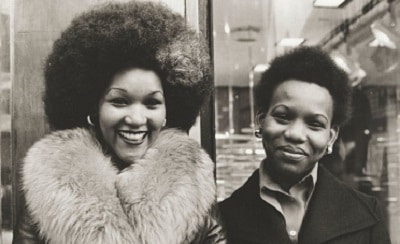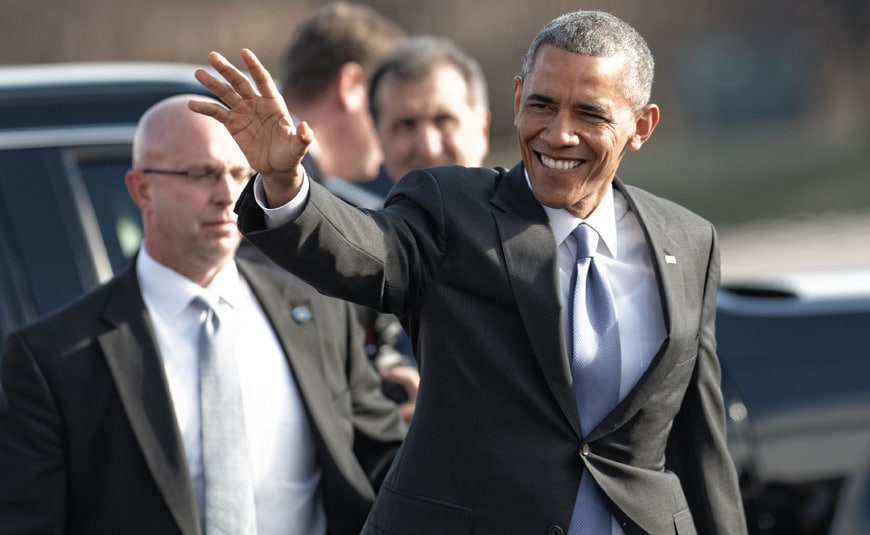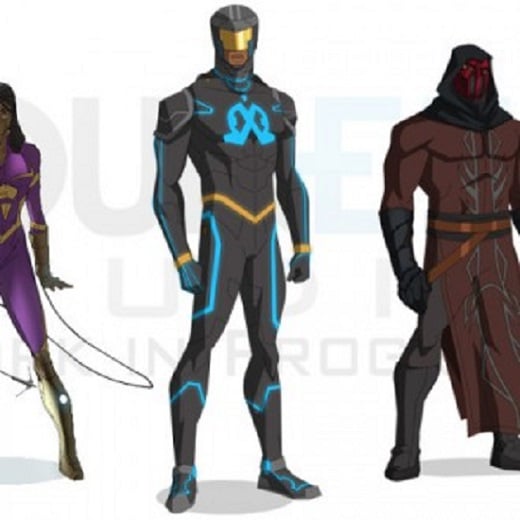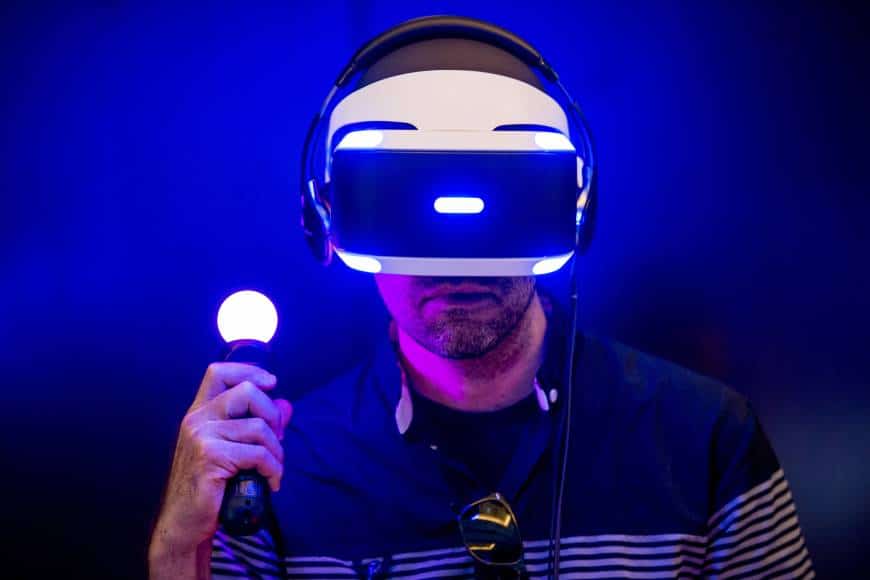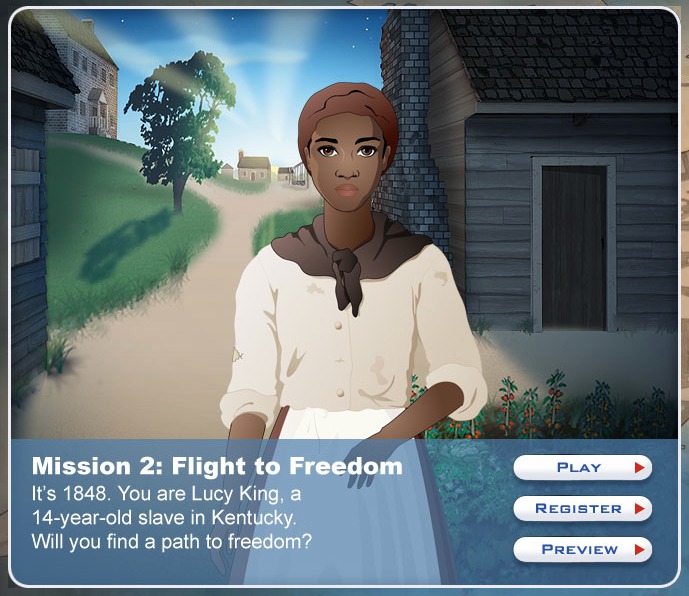For years now virtual reality headsets for gaming and movie-watching have been just around the corner.
For years now….
Tech lovers have long been strapping clunky early models of virtual reality sets to their faces and forgetting in the midst of their excitement that their neck is screaming in agony and that a red rectangular mark was stuck on their face by the time they removed the headset.
This all goes without mentioning the fact that for many consumers, the headset was ripped off in a mad dash to the bathroom to vomit after motion sickness settled in.
Game enthusiasts never needed a special headset to spot the empty promises that were constantly fueling their hopes that virtual reality would finally actually come around the world’s largest corner.
The dominating presence of virtual reality developments at the Game Developers Conferences in San Francisco, however, sparked a new wave of hope that the wait for virtual reality sets would soon be over.
This was mainly because it seemed like every major tech giant in the virtual reality race had stunning new developments to demo for the anxious public.
Oculus, Sony, and Valve all had virtual reality sets on display at the conferences, and the industry’s power players were happy to discuss the new technologies on the way.
“There is a legitimate opportunity,” said Oculus CTO John Carmack. “Make something great, and there will be opportunities there to move a number of units, to be the breakout ‘thing.’ To look back and say, ‘Well, clearly that was the obvious thing to do’ when it wasn’t the obvious thing to do.”
With a new wave of buzz around virtual reality, it’s no surprise that developers are already working on some of the first games that consumers will get to play with the headsets.
Serious Parody CEO Daniel Hinkle has been eagerly working on games for the Oculus Rift, but other developers were hesitant to hop on board.
While the tech giants did unveil impressive advances at the conferences, there are still serious concerns about the actual functionality surrounding the devices.
For one, the devices are still making some people sick.
In the midst of assuring tech lovers that virtual reality was on the way and praising the daring pioneers of the technology, Carmack also pointed to the current downfalls and obstacles that are plaguing the devices.
Carmack laid out his “nightmare scenario.”
“People like the demo, they take it home, and they start throwing up,” Carmack said.
It’s a very real reality.
For those who managed to get their hands on Ocular prototypes in the past, the motion sickness struggle was proven to be very real.
“The fear is if a really bad V.R. product comes out, it could send the industry back to the ’90s,” he said.
Carmack wasn’t the only one to discuss this fear.
Gabe Newell, the president and co-founder of Valve, described the VR demonstrations as “the world’s best motion sickness inducers,” the NY Times reported.
In addition to motion sickness, some users are still unhappy with the size and weight of many VR headsets, which ultimately prohibits them from being focused on the exciting digital realm before them for too long.
This comes along with serious concerns about the price point.
Khaled Helioui, CEO of European game studio Bigpoint, was unhappy with the fact that the headsets will cost $200 or more.
Samsung’s Gear VR is currently priced at $200.
Other tech giants haven’t announced their prices, but it isn’t likely that the $200 price tag will get slashed by competitors.
“The message that sends is, ‘Hey, you need to be wealthy to play our games,’ and I have a big problem with that,” Helioui told Mashable.
For that reason, consumers shouldn’t expect to see any Bigpoint games coming out for the VR sets just yet.
Helioui hinted that he won’t allow it until the price points come down.
Consumers, on the other hand, don’t see the big deal.
“I wouldn’t mind spending up to $300 for a VR headset,” one reader commented.
The Mashable reader also suggested he wouldn’t be willing to go much higher than that but as the tech world has already shown in the past —if the device catches on, people will be willing to dish out an extra hundred bucks or so to make sure they don’t miss the initial wave of a gaming revolution.

